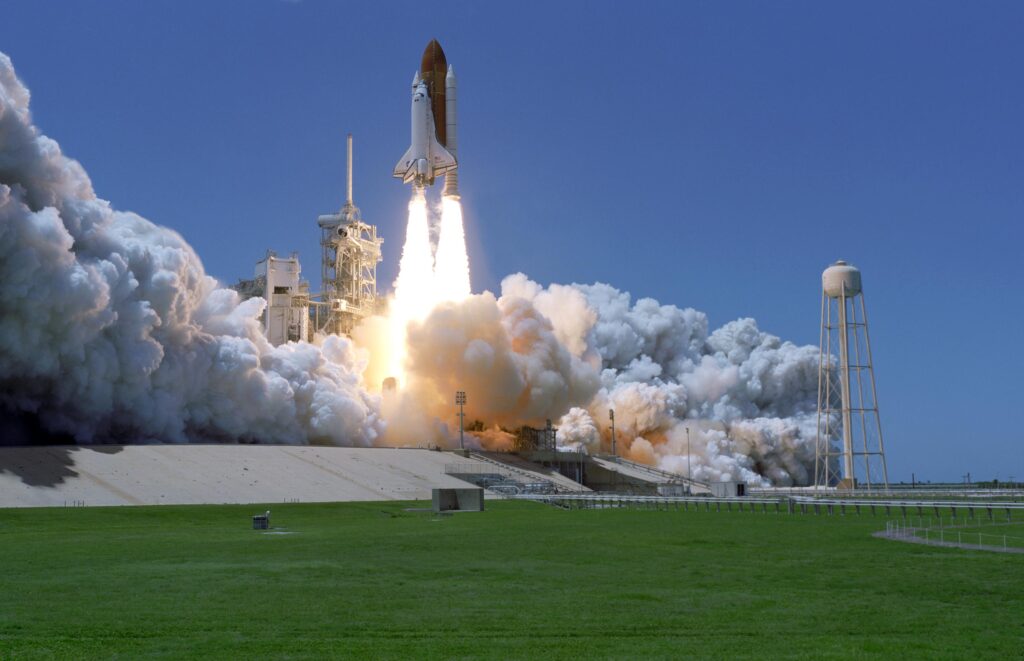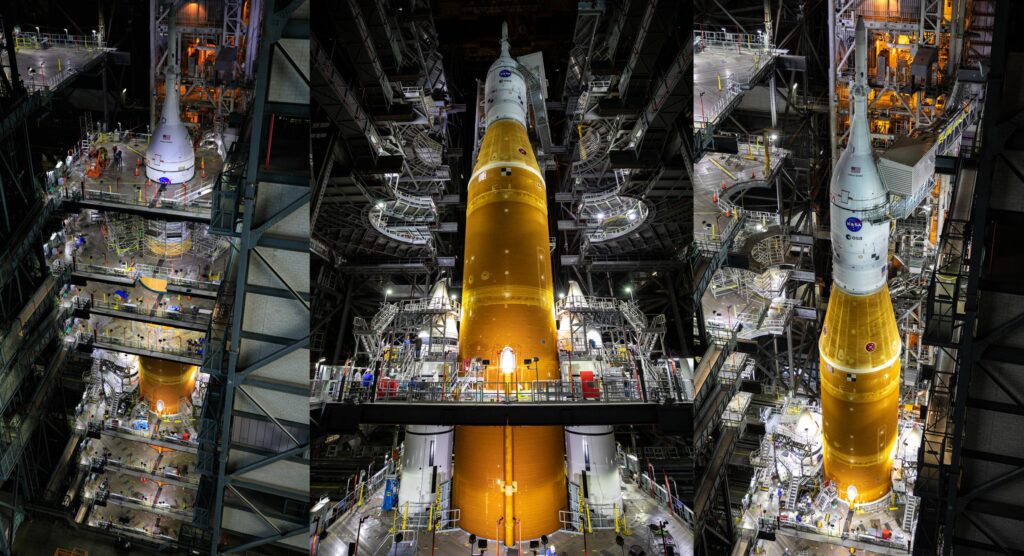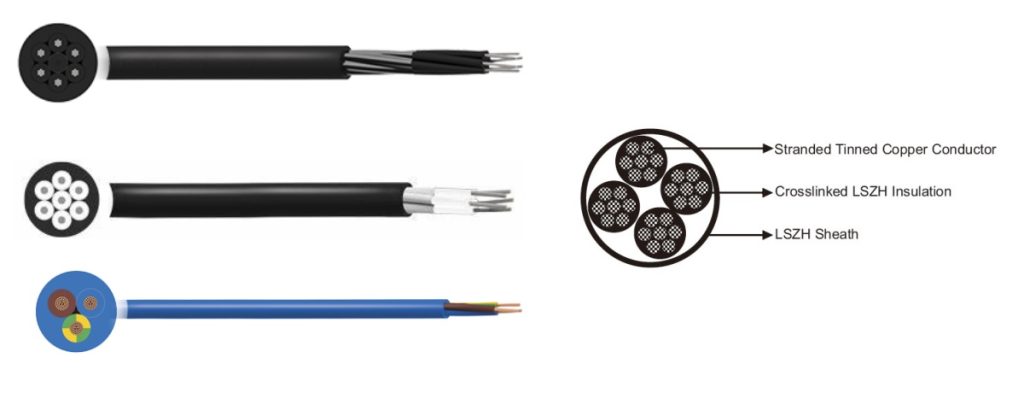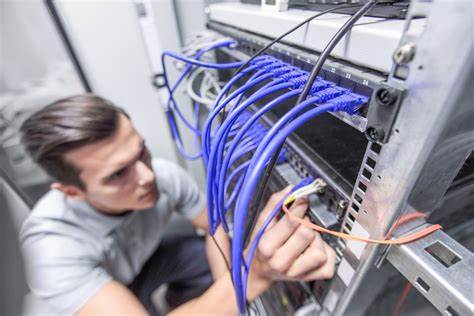It-tnedija b'suċċess ta 'rokit tinvolvi waħda mill-aktar feats ta' inġinerija kumplessi li jistgħu jimmaġinaw, fejn kull sistema u komponent għandhom jaħdmu bla xkiel. Fost l-elementi kritiċi li jiżguraw it-tħaddim bla xkiel ta 'tnedija tar-rokits hemm it-tipi varji ta' kejbils tal-industrija. Mill-istadji inizjali tal-assemblaġġ għat-trasmissjoni tad-dejta wara t-tnedija, Dawn il-kejbils għandhom rwol essenzjali fil-komunikazzjoni, Provvista ta 'enerġija, kontroll, u sistemi ta 'sigurtà. Dan l-artikolu jesplora l-kejbils użati f'kull fażi ta 'tnedija tar-rokit, tenfasizza s-sinifikat u l-applikazzjonijiet tagħhom.

1. Kejbils fl-istadju tal-manifattura u l-assemblaġġ
Qabel ir-rokit qatt jilħaq il-kuxxinett tat-tnedija, tgħaddi minn manifattura u assemblaġġ estensiv f'ambjenti kkontrollati ħafna. Matul din il-fażi, Diversi tipi ta 'kejbils huma impjegati:
A. Kejbils ta' Strumentazzjoni
Kejbils tal-istrumentazzjoni jintużaw biex jgħaqqdu sensuri u sistemi ta 'kontroll matul il-proċess ta' assemblaġġ. Dawn il-kejbils ikejlu l-parametri bħat-temperatura, pressjoni, u allinjament biex jiżgura li kull komponent tar-rokit jissodisfa standards stretti.
B. Kejbils tal-qawwa
Kejbils tal-qawwa heavy-duty jintużaw f'faċilitajiet ta 'produzzjoni biex ifornu l-enerġija lil makkinarju kbir, bħal armi robotiċi u għodda ta 'assemblaġġ.
Ċ. Kejbils tad-dejta
Kejbils tat-trasmissjoni tad-dejta, bħal Ethernet u kejbils tal-fibra ottika, tiffaċilita l-komunikazzjoni bejn diversi sistemi ta 'ttestjar u databases, L-iżgurar ta 'monitoraġġ f'ħin reali tal-proċessi tal-manifattura.
2. Kejbils fl-ittestjar ta 'qabel it-tnedija
Ladarba r-rokit jiġi mmuntat, tgħaddi minn ittestjar rigoruż qabel it-tnedija biex tivverifika l-prontezza tagħha. L-ittestjar jinkludi testijiet tal-istress ambjentali, Kontrolli elettriċi, u provi ta 'integrazzjoni.
A. Kejbils koassjali ta 'fedeltà għolja
Kejbils koassjali huma essenzjali għat-trasmissjoni ta 'sinjali ta' frekwenza għolja waqt kontrolli tas-sistema avjoniċi. Dawn is-sistemi huma kruċjali għan-navigazzjoni u l-kontroll.
B. Kejbils tal-kontroll protetti
Biex timminimizza l-interferenza elettromanjetika (Emi) waqt l-ittestjar, kejbils tal-kontroll protetti huma impjegati. Dawn il-kejbils jiżguraw skambju ta 'dejta preċiż bejn it-tagħmir tal-ittestjar u r-rokit.

Ċ. Kejbils tal-fibra ottika
Kejbils tal-fibra ottika jintużaw b'mod estensiv biex jittrasmettu volumi kbar ta 'dejta fuq distanzi twal bi Telf ta 'sinjal minimu. Fl-ittestjar ta 'qabel it-tnedija, Huma jgħaqqdu sistemi ta 'kontroll tal-art mar-rokit għal dijanjostiċi.
3. Kejbils fuq il-kuxxinett tat-tnedija
Il-kuxxinett tat-tnedija huwa fejn iseħħu l-preparazzjonijiet finali għat-tneħħija. Dan l-ambjent jitlob kejbils li kapaċi jifilħu kundizzjonijiet estremi, inklużi temperaturi għoljin, Vibrazzjonijiet, u espożizzjoni kimika.
A. Kejbils umbilikali
Kejbils umbilikali jgħaqqdu r-rokit ma 'sistemi ta' appoġġ mill-art. Huma jfornu l-enerġija, data, u fluwidi bħall-fjuwil u l-ossidizzaturi. Dawn il-kejbils huma ddisinjati biex jinqatgħu malajr u mingħajr periklu hekk kif ir-rokit jitneħħa.
B. Kejbils reżistenti għal temperatura għolja
Kejbils speċjalizzati b'kisi reżistenti għas-sħana jintużaw biex jifilħu s-sħana intensa ġġenerata minn magni tar-rokits waqt l-ignition.
Ċ. Kejbils li ma jagħmlux splużjoni
Kejbils li ma jagħmlux splużjoni huma kritiċi għaż-żamma tas-sigurtà f'żoni perikolużi madwar il-kuxxinett tat-tnedija, fejn il-fjuwil u sustanzi volatili oħra huma preżenti.
4. Kejbils waqt it-tneħħija
Il-fażi tal-liftoff timmarka t-tranżizzjoni minn kundizzjonijiet statiċi għal dinamiċi, bir-rokit jaċċellera malajr permezz tal-atmosfera.
A. Kejbils tal-bidu pirotekniċi
Dawn il-kejbils jikkawżaw apparati pirotekniċi li jirrilaxxaw klampi jew jattivaw mekkaniżmi ta 'separazzjoni, L-iżgurar tar-rokit jimxi fl-istadji tiegħu.
B. Kejbils ta 'serħan tar-razza
Kejbils tas-serħan tar-razza jipproteġu sistemi elettriċi u mekkaniċi mill-forzi estremi esperjenzati waqt it-tnedija.
Ċ. Kejbils tas-sinjali iżolati
Dawn il-kejbils iżommu l-integrità tas-sinjal minkejja vibrazzjonijiet intensi, Trasmissjoni ta 'dejta kritika tat-telemetrija għall-kontroll tal-art.

5. Kejbils għal operazzjonijiet waqt it-titjira
Darba fit-titjira, Ir-rokit jiddependi fuq sistemi avvanzati biex jinnavigaw, tikkomunika, u twettaq il-missjoni tagħha.
A. Wajers tal-grad aerospazjali
Wajers ta 'grad aerospazjali magħmulin minn materjali ħfief u durabbli bħal aluminju jew ligi komposti jintużaw biex jimminimizzaw il-piż filwaqt li jiżguraw l-affidabbiltà.
B. Kejbils flessibbli tal-arness
Arnessi flessibbli jgħaqqdu diversi komponenti tar-rokit, li jippermettu moviment u aġġustamenti waqt it-titjira.
Ċ. Kejbils reżistenti għar-radjazzjoni
Fl-ispazju, Il-livelli ta 'radjazzjoni huma sinifikament ogħla milli fid-dinja. Kejbils reżistenti għar-radjazzjoni jipproteġu s-sistemi interni mill-ħsara, l-iżgurar ta 'operazzjonijiet bla interruzzjoni.
6. Kejbils f'operazzjonijiet ta 'kontroll tal-art
Is-sistemi ta 'kontroll tal-art għandhom rwol vitali fil-monitoraġġ u l-immaniġġjar tal-passaġġ tat-titjira tar-rokit u l-prestazzjoni.
A. Kejbils tal-komunikazzjoni fuq l-art
Kejbils tal-komunikazzjoni fuq l-art Qabbad il-kontroll tal-missjoni ma 'riċevituri tat-telemetrija u stazzjonijiet ta' traċċar, Jippermetti l-monitoraġġ f'ħin reali tal-istatus tar-rokit.

B. Kejbils tal-qawwa tal-backup
Kejbils tal-enerġija tal-backup jiżguraw li s-sistemi kritiċi fil-kontroll tal-art jibqgħu operattivi, Anke fil-każ ta 'falliment tal-qawwa primarja.
Ċ. Rabtiet tad-dejta żejda
Rabtiet tad-dejta żejda jipprovdu kanali ta 'komunikazzjoni li ma jfallux, Imminimizza r-riskju ta 'telf ta' data matul il-missjoni.
7. Applikazzjonijiet ta 'wara t-tnedija
Wara li r-rokit ikun temm il-missjoni tiegħu, Xi kejbils ikomplu jservu funzjonijiet essenzjali.
A. Kejbils tas-sistema ta 'rkupru
Għal rokits li jistgħu jerġgħu jintużaw, Kejbils tas-sistema ta 'rkupru jgħaqqdu paraxut u tagħmir ieħor, Għajnuna fl-iżbark sikur.
B. Kejbils ta 'rkupru tad-dejta
Kejbils ta 'l-irkupru tad-dejta jintużaw biex jiġu estratti informazzjoni rreġistrata minn sistemi abbord għall-analiżi.
Ċ. Kejbils ta 'manutenzjoni u rinnovar
Fil-każ ta 'rokits li jistgħu jerġgħu jintużaw, Kejbils speċjalizzati jiffaċilitaw id-dijanjostiċi u t-tiswijiet, Tħejji r-rokit għal tnedijiet futuri.
Sfidi u innovazzjonijiet fil-kejbils tal-industrija tar-rokits
It-talbiet uniċi tat-tnedijiet tar-rokits - temperaturi tal-estrem, stress għoli, u l-vakwu ta 'l-ispazju - preżenti sfidi sinifikanti għad-disinn tal-kejbil. Innovazzjonijiet riċenti jinkludu:
- Materjali avvanzati: Użu ta 'nanotubi tal-karbonju u materjali oħra avvanzati biex itejbu l-prestazzjoni u d-durabilità tal-kejbil.
- Minjaturizzazzjoni: Tiżviluppa kejbils iżgħar u eħfef biex tnaqqas il-piż ġenerali tar-rokit.
- Kejbils intelliġenti: L-integrazzjoni tas-sensuri fil-kejbils għal monitoraġġ tas-saħħa f'ħin reali u manutenzjoni ta 'tbassir.
Mill-istadji inizjali tal-manifattura sal-irkupru ta 'wara t-tnedija, kejbils tal-industrija huma indispensabbli fl-iżgurar tas-suċċess ta 'tnedija tar-rokits. Dawn il-kejbils mhux biss jipprovdu l-qawwa meħtieġa, data, u l-kapaċitajiet ta 'kontroll iżda wkoll isofru wħud mill-aktar ambjenti ħorox magħrufa għall-inġinerija. Hekk kif l-industrija spazjali tkompli tevolvi, Hekk ukoll it-teknoloġija wara dawn il-komponenti vitali, Twitti t-triq għal esplorazzjoni spazjali aktar effiċjenti u affidabbli.